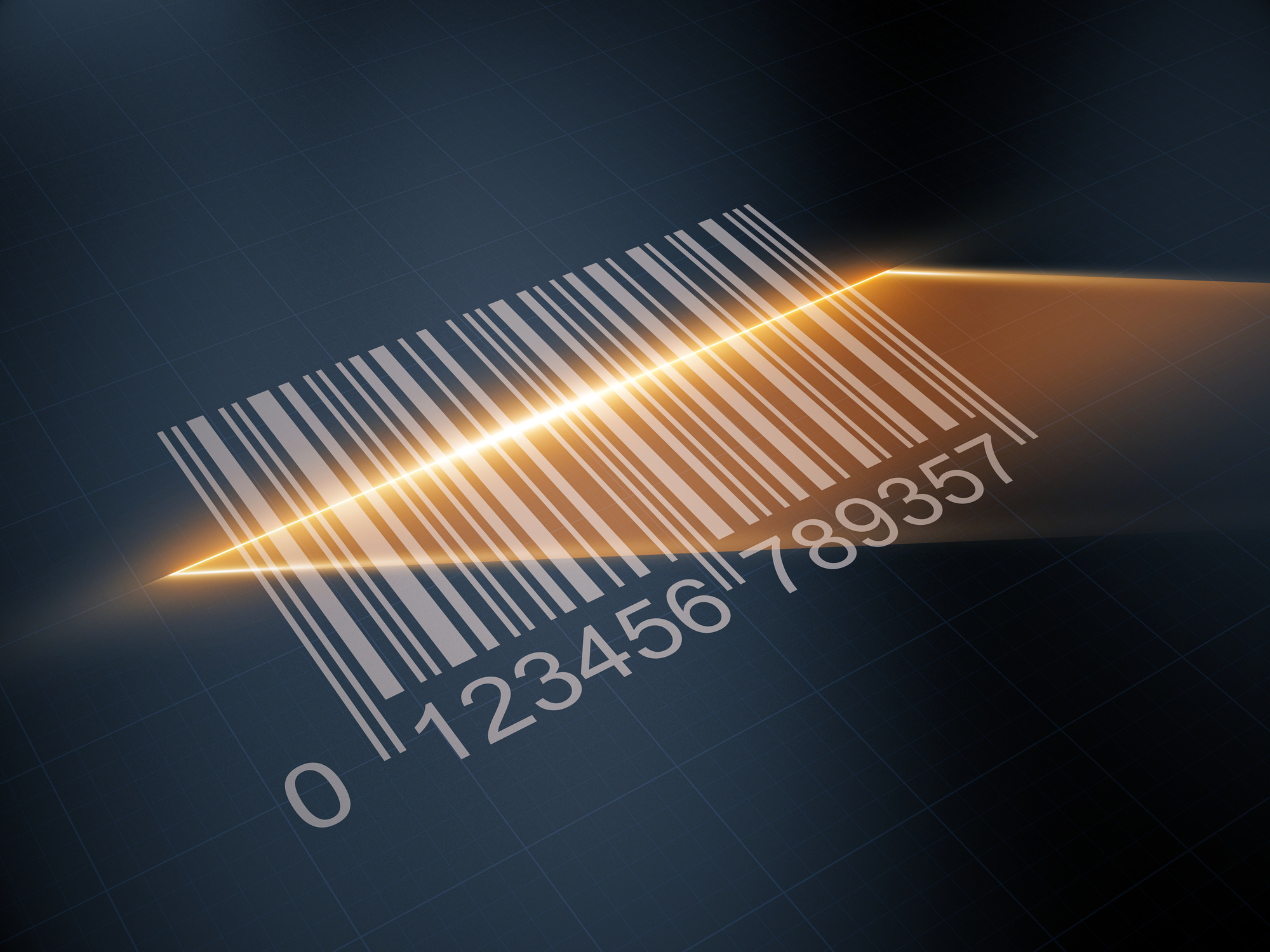What’s black and white and read all over? Move over, newspapers! With print media on its way out, the only correct answer is the humble barcode!
Barcode labels appear on products across the world, from breakfast cereal to your favorite shirt. Many adults have never lived in a world without this ubiquitous system. Have you ever wondered how the barcode laser scanner at the supermarket knows exactly what you have in your shopping cart?
Many different types of barcodes have graced commercial packages since Bernard Silver and N. Joseph Woodland dreamed them up in 1948. Today, the system has become standardized, making shopping and inventory simple for everyone. Keep reading to learn about what makes this system so effective and how to implement this easy inventory system in your store – or even your home!
Why Barcodes?
In essence, barcodes are part of a simple, universal system for keeping track of important data. Each barcode is unique. Once you log a unique code into your computer database, you can determine what data the computer should retrieve when someone scans the code.
Scanning a barcode can yield information such as a product’s manufacturer, its price, or any associated nutritional information.
Nearly every product comes printed with a bar code, often preloaded with some universal data. Once you have a barcode reader system in place, all you need to do is maintain your database and adjust the prices in your system. This is even simpler today, as you can use something like ocr c# to read barcodes from images.
How Do Barcode Scanners Work?
Barcodes use bars of varying lengths and thicknesses to represent the numerals 0-9. Because bars do not change when read upside down or sideways, the best barcode scanner can process them quickly, with little error.
In the past, barcodes used numerals instead of stripes, but problems arose as a result. For example, a six and a nine look identical if the scanner doesn’t recognize that a product is upside down. The bar system eliminates such problems by design.
Each digit in a barcode takes up the same amount of space. A specific pattern of white and black stripes (or bars) represents each numeral. The length of a bar code depends on the amount of information that the barcode needs to convey.
The best laser scanner will use LED light to illuminate the barcode. The scanner reads the light’s reflection as a series of pulses, processing black and white differently. This data is then converted into a code which the computer can use to retrieve information from the database.
As technology improves there is less need for such complex systems. Think about scanning a barcode into a fitness app, or taking a picture of a QR code. You can apply all of this technology to existing barcode systems!
Barcode Labels Can Keep Things Simple!
Can you count to nine and create a simple pattern? If so, you are capable of generating barcodes that you can use to keep track of everything from your store’s inventory to the contents of your closet!
There are near-infinite uses for barcode labels today! How will you implement this 74-year old technology in the twenty-first century?
The blog might have some ideas for you! Check out the other great articles for more ideas about how to make technology work for you!
